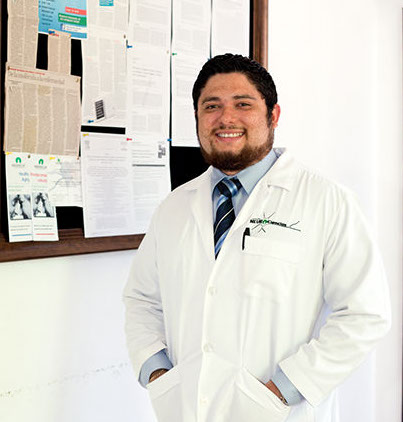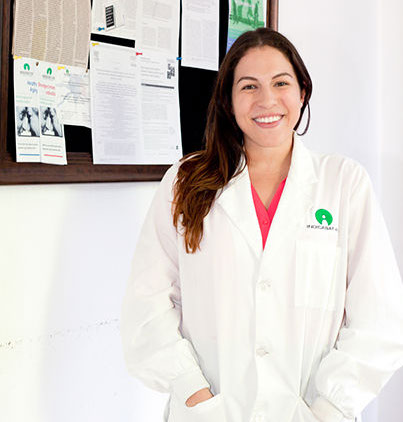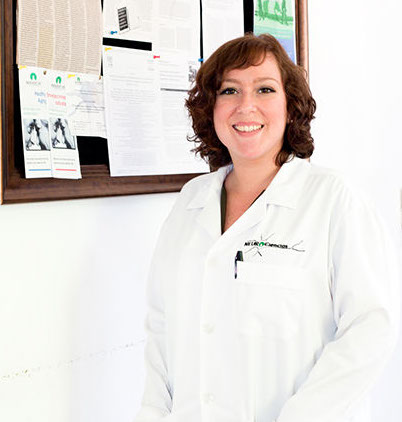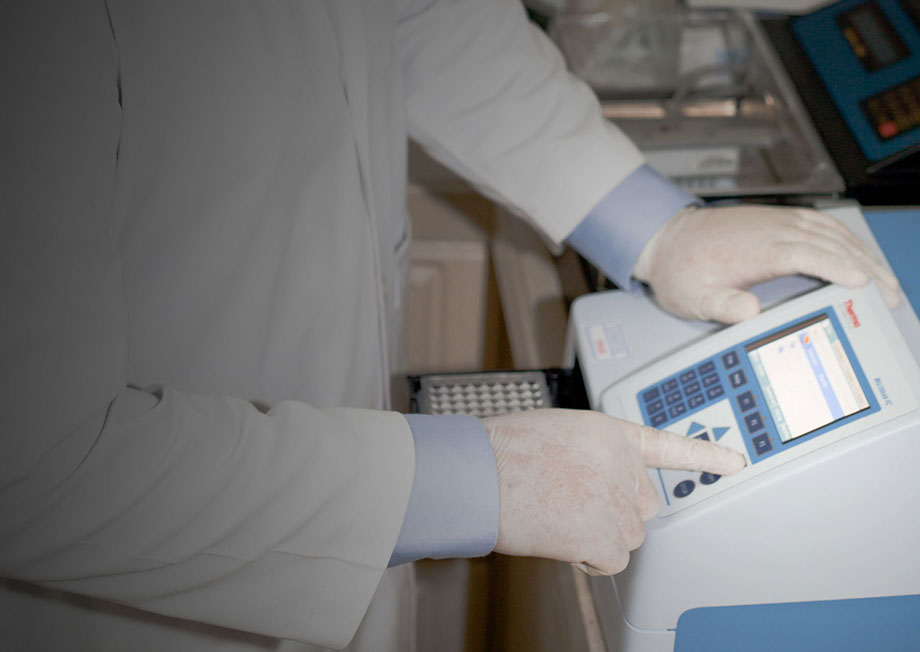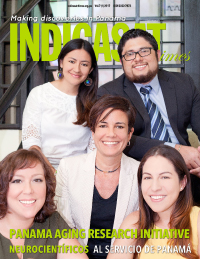
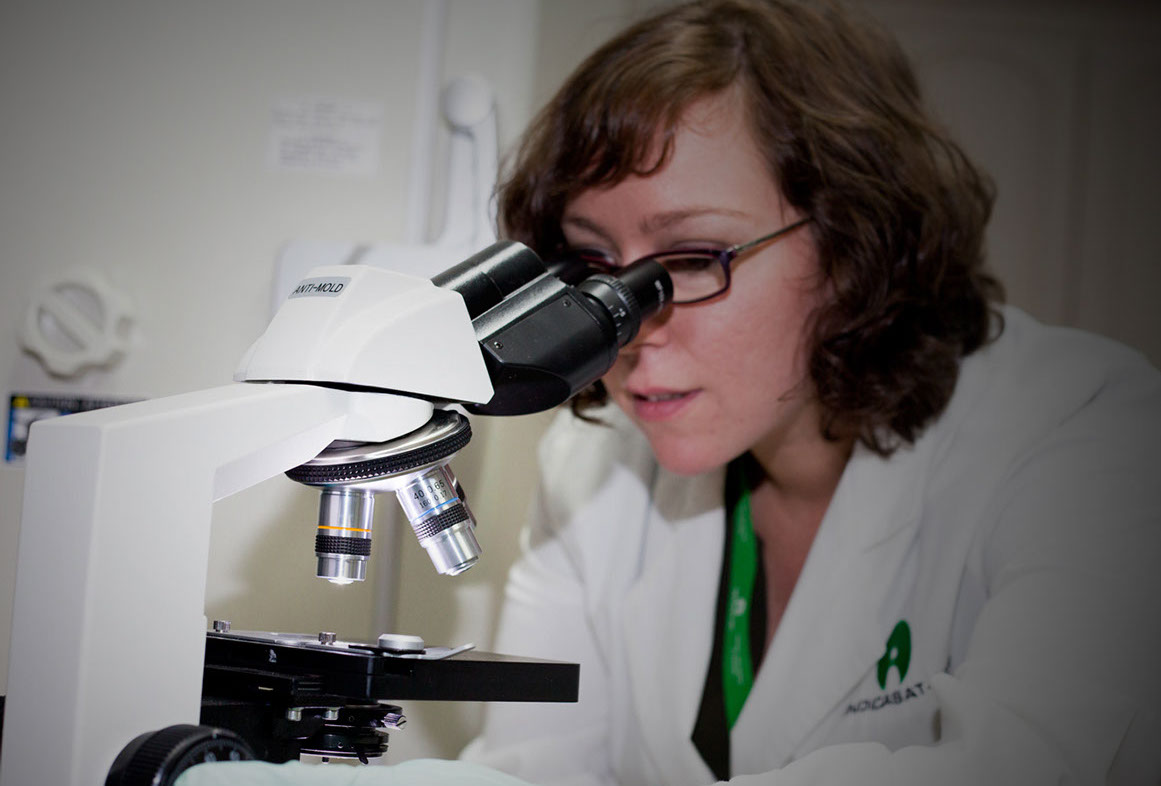
PARI
Panama
Aging Research
Initiative
• In Panama the elderly (60+ years) represent 10% of the population and estimates indicate that by 2050 this number will rise to 24% according to figures compiled by the Office of the Comptroller of the Republic.
• The Panama Aging Research Initiative (PARI) is comprised of a multidisciplinary team that is coordinated from the Center for Neuroscience and Clinical Research Unit of INDICASAT AIP. The main objectives of this initiative are to increase the understanding of mental health in the elderly, define the current situation and identify the environmental and genetic risk factors that characterize the diseases associated with aging in the Panamanian population, as well as those associated with successful aging.
• The first cohort began in 2012 and had as its purpose to study how Panamanians are aging and identify the factors that predict deterioration, hospitalization and mortality. This was a clinical cohort (N = 423) recruited from the CSS outpatient geriatric service.
• Clinical, cognitive, and mood (depression and anxiety) assessments were performed, and blood and cerebrospinal fluid (the fluid surrounding the brain) samples were obtained to develop cognitive health profiles, identify biomarkers, and assess how these variables are changing across time.
• PARI is the first study of its kind in Panama. To date, it has been possible to identify factors that are specifically related to the co-existence of depressive symptoms and cognitive impairment; these were to have low levels of education, suffer four or more chronic diseases and suffer from at least one limitation in basic activities of daily living .
• Our findings also suggest that suffering from four or more chronic diseases in older adulthood is associated with an increased likelihood of depression . These results are consistent with previous studies in the region, as well as in other regions of the world, and they allow for the identification of factors in older adults that could predict transitions to poorer health states.
• Another objective of our studies was to determine if a genetic marker, the allele e4 of apolipoprotein E (ApoE e4), which in most individuals predicts the risk of sporadic Alzheimer’s disease, is associated with the disease in older adults in Panama. We confirmed that the presence of one or two copies of the ApoE e4 gene is associated with Alzheimer’s and mild cognitive impairment in Panamanians . It should be noted that this test is performed using a simple and cost effective method that could be implemented at the public health level. This would allow the timely identification of individuals at risk of Alzheimer’s disease.
• In collaboration with Dr. Sid O’Bryant (Univ. North Texas Health Science Center) and three international cohorts we are investigating the development of a blood test for Alzheimer’s disease that could be implemented at the primary levels of care in the health system. If successful, this test would lessen public health system diagnostic costs, and would help discriminate between individuals who should undergo more expensive diagnostic tests and those for whom the tests are not necessary. Another advantage of an Alzheimer’s blood test is the ability to detect disease traits early, that is, long before the clinical symptoms are manifested, and therefore intervene to delay disease progression, better manage symptoms, and add quality years of life to the individual. Our preliminary results indicate that this test is promising and feasible .
• In September 2016 we began the second wave of recruitment of older adults in the community. Our long-term goal is to collaborate with the health authorities (MINSA and CSS) to develop and carry out a population-based study in order to achieve a more comprehensive description of the health of Panamanian older adults. Fulfilling this goal long-term will require a commitment from public policy makers.
• Recent reports indicate that our country is not prepared for the growth of the elderly population. Conducting clinical research is costly and research funding is one of our biggest challenges. In the following years, we hope to add professionals and specialists to PARI to carry forward this research program, as well as develop useful and feasible tools in public health systems in Panama.
References
1. Villarreal, A.E., et al. BioMed Research International 2015, 7, doi:http://dx.doi.org/10.1155/2015/718701 (2015).
2. Villarreal, A.E., et al. J Alzheimers Dis 54, 897-901, doi:10.3233/JAD-160402 (2016).
3. O’Bryant, S.E., et al. Alzheimers Dement (Amst) 3, 83-90, doi:10.1016/j.dadm.2016.06.004 (2016).
4. O’Bryant S.E., et al. Alzheimers Dement 1, 45-58, doi: 10.1016/j.jalz.2016.09.014 (2017).
1
1
2
3,4

2
3
4
5
6
1
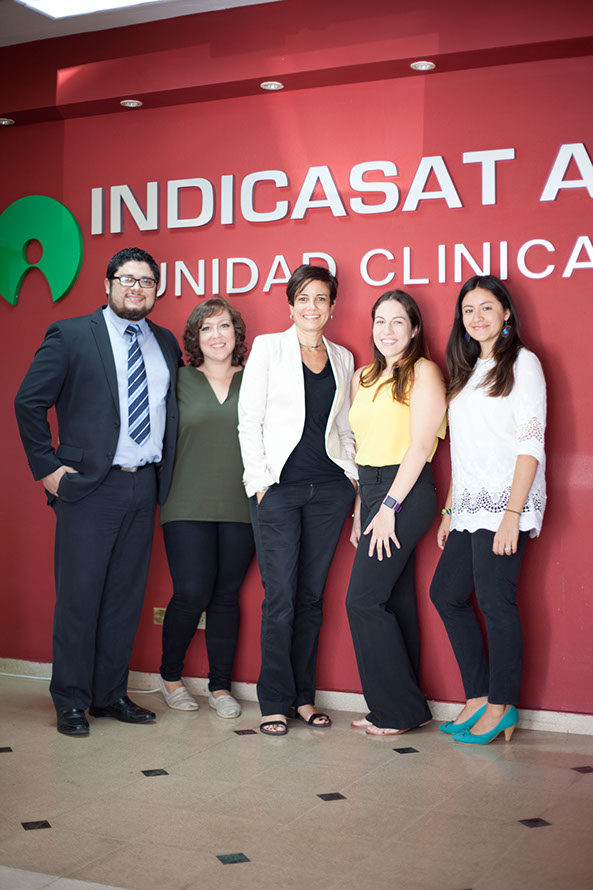

7
8
9


1
2
3
4
5
6
7
8
9

Tel: (507) 5170700 - Fax: (507) 5070020 - EFax: (507) 5170701 | INDICASAT - AIP | Edificio 219, Ciudad del Saber | Clayton, Apartado 0843-01103 | Panamá 5 Panamá, Rep. de Panamá.
© Copyright 2014. INDICASAT AIP. Todos los derechos reservados.




